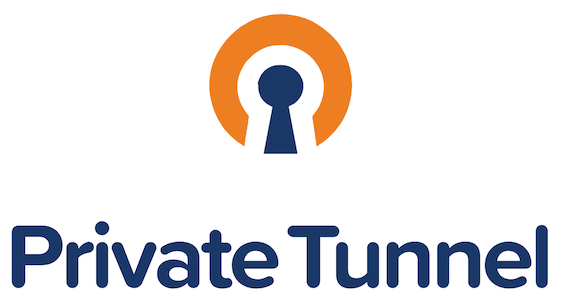Top Drivers of Employee Engagement: Building a Thriving Workplace
Drivers of Employee Engagement
Employee engagement is no longer a buzzword; it’s a critical factor that directly impacts organizational success. When employees feel connected, motivated, and valued, their performance and loyalty significantly improve. To achieve this, businesses must focus on the key drivers of employee engagement. Below, we explore the top factors that contribute to a highly engaged workforce.
1. Purpose and Alignment
Employees are more engaged when they understand the "why" behind their work. Organizations that clearly communicate their mission, vision, and values help employees align their efforts with the company’s goals. A strong sense of purpose creates a motivated workforce driven by meaningful objectives.
2. Supportive Leadership
Leadership plays a vital role in fostering engagement. Employees look up to leaders for:
- Clear guidance and direction
- Transparent communication
- Recognition and feedback
Leaders who are approachable, empathetic, and inspiring create a positive environment where employees can thrive.
3. Opportunities for Learning and Development
Continuous growth is a priority for most employees. Offering opportunities such as:
- Training programs
- Skill development workshops
- Career advancement pathways
This ensures that employees feel invested in and motivated to contribute to the organization’s success.
4. Recognition and Rewards
Acknowledging employee achievements is a powerful way to boost morale. Whether it’s a simple thank-you, public recognition, or financial incentives, consistent appreciation fosters loyalty and motivates employees to go the extra mile.
5. Work-Life Balance
Burnout is one of the biggest barriers to engagement. Companies that prioritize work-life balance through:
- Flexible work schedules
- Paid time off
- Wellness programs
Create a supportive environment that respects personal and professional needs.
6. Inclusive and Respectful Workplace Culture
An inclusive workplace fosters a sense of belonging and respect among employees. Celebrating diversity, encouraging open communication, and addressing workplace biases ensure that every employee feels valued.
7. Job Autonomy and Empowerment
Micromanagement stifles creativity and motivation. When employees are given the autonomy to make decisions and take ownership of their work, they feel empowered and trusted. This sense of responsibility enhances their engagement levels.
8. Strong Peer Relationships
Positive relationships among colleagues build trust, collaboration, and camaraderie. A workplace where employees support and inspire each other creates a community where everyone feels engaged.
9. Meaningful Work
Employees are more likely to feel engaged when their work is meaningful and impactful. Understanding how their contributions make a difference—whether to customers, the company, or the community—fuels motivation.
10. Transparent Communication
Open and honest communication at all levels of the organization builds trust. Regular updates, feedback sessions, and an open-door policy allow employees to voice their concerns and feel heard.
Conclusion
Employee engagement is not achieved through a one-size-fits-all approach. It requires consistent effort, a people-first mindset, and a strategic focus on the factors that matter most. By fostering purpose, growth, recognition, and a supportive workplace culture, organizations can cultivate a thriving environment where employees are not only engaged but also inspired to excel.
What's Your Reaction?























